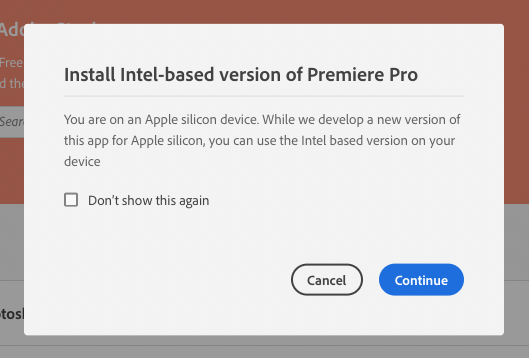Hello Mac users,
Exclusively designed for use with ELMO products, ELMO Interactive Toolbox (EIT) is our most versatile presentation software to date. EIT features a movable navigation bar with key features such as draw, highlight, erase, annotate, capture still images, record video, switch image source and more, giving you maximum customization and control of your presentation screen. KBH Games is a gaming portal website where you can Free Online Games.We have a large collection of high quality free online games from reputable game makers and indie game developers. GIPHY is your top source for the best & newest GIFs & Animated Stickers online. Find everything from funny GIFs, reaction GIFs, unique GIFs and more.
you love to stay on your Mac and use mental ray for Maya?


Use the Maya Product Configuration wizard, or enter command-line parameters to automate the installation. To install Maya on a Mac OS X using the Product Configuration wizard: Do one of the following to launch the installer: If you are installing from a USB, double-click the Maya USB icon that appears on your desktop. Navigate to the Maya/Mac OS X folder on the USB drive. If you are installing. Black Maca vs Red Maca: The Differences. Peruvian maca powder comes in three color variations: red maca, black maca, and yellow maca. Although the maca colors all offer very similar health benefits, there are slight differences. Yellow maca is widely available, but most superfood experts prefer the taste and benefits of red and black maca.
No problem, since Maya offers the same Qt user interface and experience like on Windows or Linux. Maya scene files and mental ray .mi files that have been generated on other platforms can simply be used on the Mac. Even the configuration files, “Maya.env” and “maya.rayrc”, work identically. All true, but…
Several things are different. For example, the unique use of Mac specific keyboard shortcuts is puzzling, like in the “open scene” window. Switching to the “OS native” file dialog is possible in the Maya preferences. Although it might even be more confusing to use Qt and non-Qt side by side.
What about mental ray ? Well, it is only dependent on the underlying Unix basis “Darwin” with its stable and standardized interfaces. That keeps it quite independent from frequent Mac OS X updates, which typically just touch the application levels of the operating system.
The Red Dot Game
Normally. But the most recent “Mavericks” update of OS X, version 10.9, seem to have changed some multi-threading behavior of the kernel. mental ray is obviously also affected, and shows unexpected interruptions, or even gets blocked completely during rendering. Our developers are currently diving into it, to come up with a solution as soon as possible.
Here is another little annoyance:
The message log for mental ray preview rendering has disappeared a few Mac OS X versions back, also due to a system change that handles console output. The batch rendering is not affected since it writes the messages to a file. There is a workaround for preview rendering, though, using mental ray for Maya’s built-in log facility that works separately to the system log. It can be enabled on the Maya command line like this (also useful for a Shelf button):
It will create a file with the fixed name “mentalray.log”, typically residing in the last opened scene file directory. Double-clicking on the file in the Mac Finder will open the Console App, giving a similar experience to the message display on other platforms. If you enable the Console preference “bring log window to front” it will pop up automatically with each mental ray rendering of that scene using the -log command.
Super Maya And The Red Dot Mac Os Download
Happy rendering!